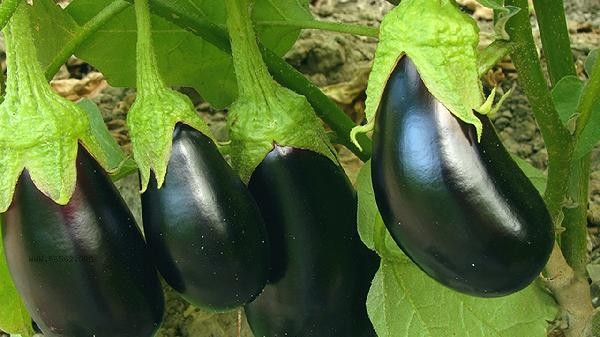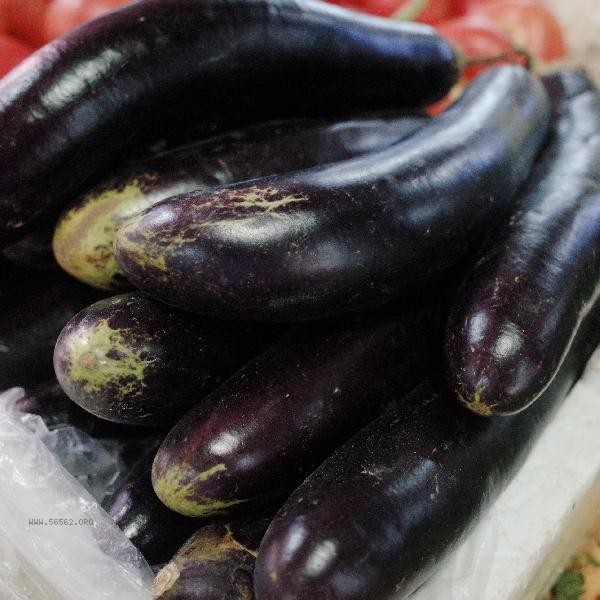The simplest way for eggplants to not absorb oil is to steam them first and then stir fry or grill them. Eggplant oil absorption is mainly related to its sponge like structure. Pre treatment can reduce oil penetration by disrupting cell structure, mainly through steaming, microwave heating, salt pickling and dehydration, blanching, freezing treatment, etc.

1. Steaming treatment
Cut the eggplant into pieces and steam for 5-8 minutes until semi transparent. High temperature steam can soften and rupture the cell wall, causing the internal sponge body to collapse. Steamed eggplants can reduce their oil absorption by more than half during subsequent frying, while retaining more anthocyanins and potassium elements. Note that the steaming time should not be too long to avoid excessive loss of vitamin C.
2. Microwave heating
After cutting eggplant into pieces, microwave at medium high heat for 3 minutes. Microwave can quickly vaporize water and break through the cell structure. This method is more efficient than traditional salt pickling, and the eggplants after processing show a contracted and wrinkled shape. When stir frying, only a small amount of oil is needed to moisten the pot. Suitable for purple skinned eggplants, the skin color will darken after heating but it does not affect nutrition.
3. Salt cured and dehydrated
Cut eggplants are marinated with salt for 15 minutes and then squeezed dry. Salt osmotic pressure can precipitate cell sap. This method may lose some water-soluble vitamins, but it can significantly reduce the porosity of eggplants. It is recommended to use coarse salt and control the pickling time. Excessive dehydration can cause eggplant fibrosis and affect the taste.

4. Blanching and shaping
Add a small amount of white vinegar to boiling water and blanch eggplant for 1 minute. An acidic environment can help fix cell morphology. Immediately supercooling after blanching can maintain the purple red color of the eggplant skin, and the treated eggplant will quickly form a protective film on the surface when fried in oil. Pay attention to blanching the entire stem before cutting it into pieces to avoid nutrient loss from the incision.
5. Frozen wall breaking
Raw eggplants are thawed after 24 hours of freezing, and ice crystals pierce the cell membrane to form drainage channels. This method is particularly suitable for making stewed eggplant dishes, as the texture of the eggplant becomes more flavorful after thawing. Freezing can lead to the loss of some B vitamins, but the content of solanine is not affected. People with gastrointestinal sensitivity should heat it thoroughly before consumption.

There are 2-3 methods to choose from for daily cooking, such as steaming first and then stir frying, or salting and microwaving. Paired with acidic seasonings such as tomato and lemon juice can further inhibit oil absorption. It is recommended to use a non stick pan and control the oil temperature at 160-180 degrees. High temperature quick frying can reduce the contact time between eggplant and oil. People on a long-term high oil diet can consume processed eggplants 2-3 times a week, which helps to control their intake of saturated fatty acids. When combined with low-fat dishes such as steamed fish and cold mixed fungus, it is more beneficial for cardiovascular health.








Comments (0)
Leave a Comment
No comments yet
Be the first to share your thoughts!